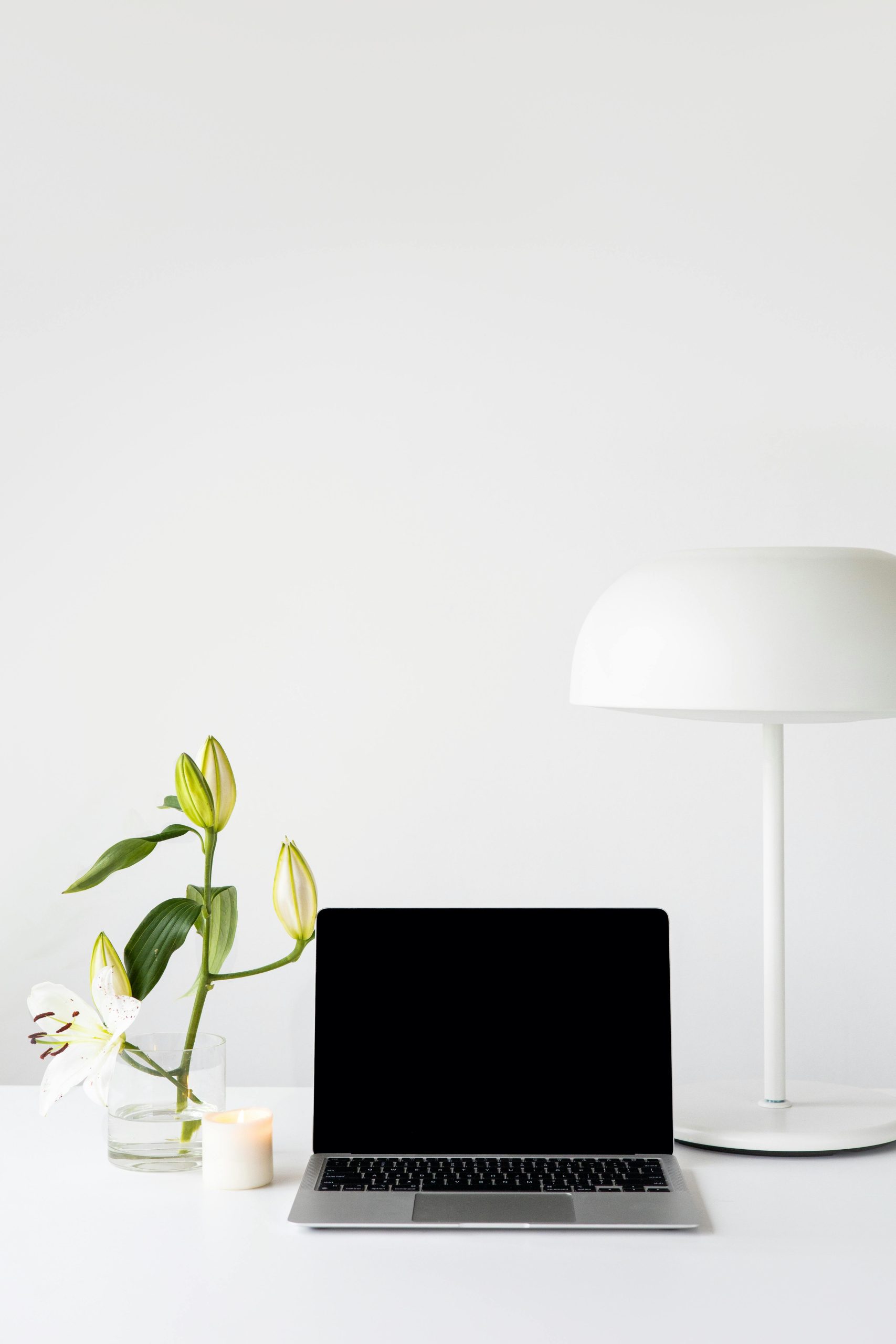In today’s hyper-connected world, digital clutter can feel just as overwhelming as physical mess. Notifications, endless apps, and constant screen time drain our focus and energy. Digital minimalism—a mindful approach to technology—helps reclaim control. By making small, intentional changes, you can reduce distractions, boost productivity, and enjoy a more balanced relationship with your devices. Here are 10 simple changes to embrace digital minimalism and create a clutter-free life.
1. Audit Your Digital Life
Before decluttering, assess your current digital habits. Ask yourself:
- Which apps do I use daily, and which just take up space?
- How much time do I spend mindlessly scrolling?
- What notifications are essential, and which are distractions?
This awareness helps identify problem areas. Uninstall unused apps, unsubscribe from unnecessary emails, and delete old files. A streamlined digital space reduces decision fatigue and makes room for what truly matters.
Start Small
Begin with one category—like social media or email—and gradually expand. For example, delete apps you haven’t opened in a month or archive old photos to free up storage.
2. Set Boundaries with Notifications
Constant pings disrupt focus and increase stress. Take control by:
- Turning off non-essential notifications: Keep only those from priority contacts or apps.
- Scheduling “notification-free” times: Designate hours (like mornings or evenings) for uninterrupted focus.
- Using Do Not Disturb mode: Enable it during work or family time to minimize distractions.
Fewer interruptions mean more mental clarity and better productivity.
Try a Digital Sunset
Disable notifications an hour before bed to improve sleep quality. Replace screen time with reading or relaxation.
3. Declutter Your Digital Workspace
A cluttered desktop or disorganized files waste time and energy. Follow these steps:
- Organize files into folders: Categorize documents, photos, and downloads for easy access.
- Delete duplicates and old files: Clear out outdated or unnecessary items.
- Use cloud storage: Backup important files and free up device space.
A tidy workspace enhances efficiency and reduces stress.
Adopt the One-Touch Rule
Handle emails and messages once—reply, archive, or delete immediately. Avoid letting them pile up.
4. Practice Intentional Screen Time
Mindless scrolling steals hours from your day. Reclaim your time with these strategies:
- Set app limits: Use built-in tools (like Screen Time on iOS) to restrict usage.
- Schedule tech-free activities: Replace screen time with hobbies, exercise, or face-to-face connections.
- Turn off autoplay: Disable this feature on streaming platforms to avoid binge-watching.
Being intentional with screen time fosters a healthier digital balance.
Try the 20-20-20 Rule
Every 20 minutes, look at something 20 feet away for 20 seconds to reduce eye strain.
5. Cultivate Offline Habits
Digital minimalism isn’t about abandoning technology—it’s about prioritizing real-life experiences. Try:
- Reading physical books: Swap e-books for paperbacks to reduce screen exposure.
- Keeping a journal: Write thoughts by hand instead of typing them.
- Designating tech-free zones: Keep meals or bedrooms device-free to foster presence.
These habits strengthen mindfulness and reduce dependency on screens.
Embrace Single-Tasking
Focus on one task at a time instead of multitasking. You’ll accomplish more with less stress.
Digital minimalism is a journey, not a destination. By implementing these small changes, you’ll gradually reduce digital noise, improve focus, and create space for what truly enriches your life. Start with one step today—your future self will thank you.
